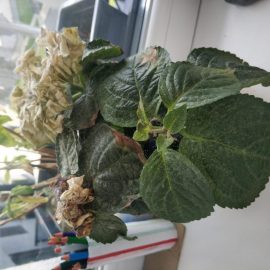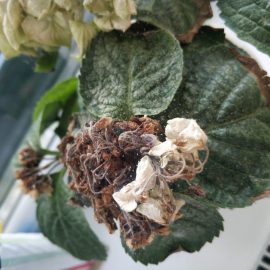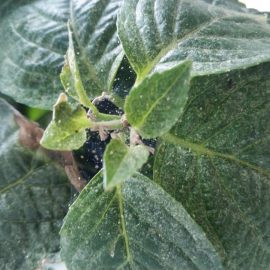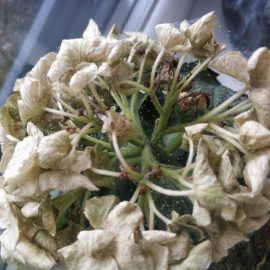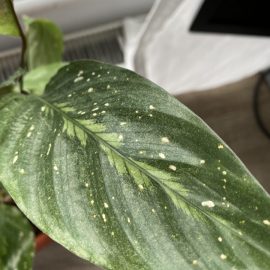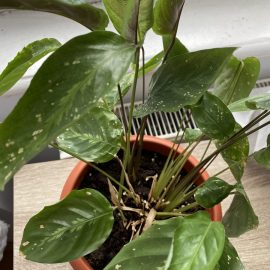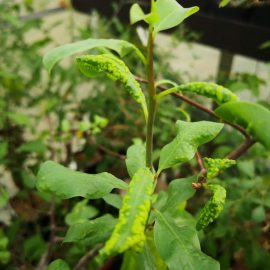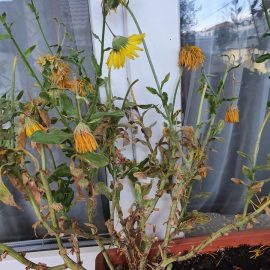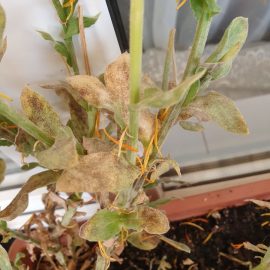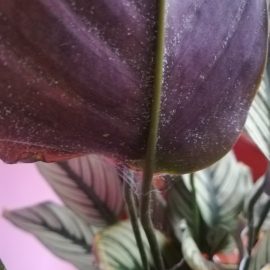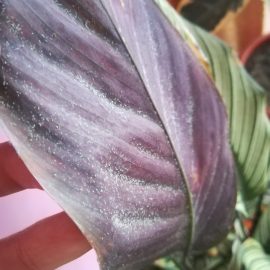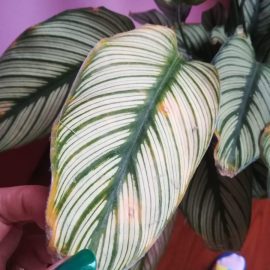Grape erineum mite (Eriophyes vitis) – pest management
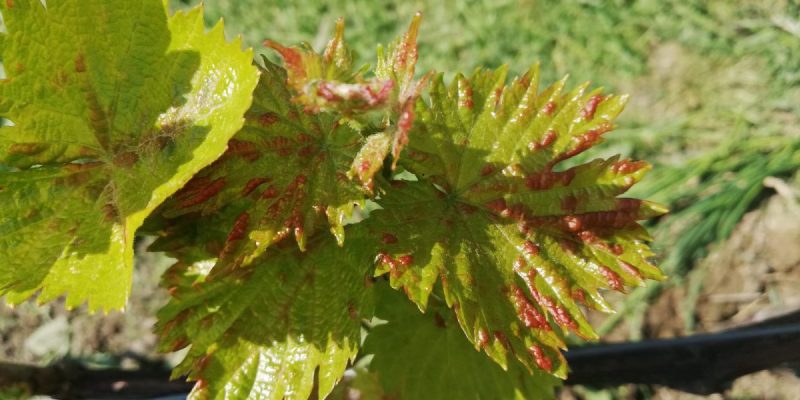
Grape erineum mite is reported in a lot of wine centers. The attack does not affect the production of grapes, except some parcels and varieties, but the syndrome called “erinosis” can affect the quantity and quality of production.
Description. The adult is a small, microscopic mite with a worm-shaped body, the male being 0.14 mm long and the female 0.16 mm long, white-yellow or reddish. The mouth is used for stinging and sucking the intracellular fluid.
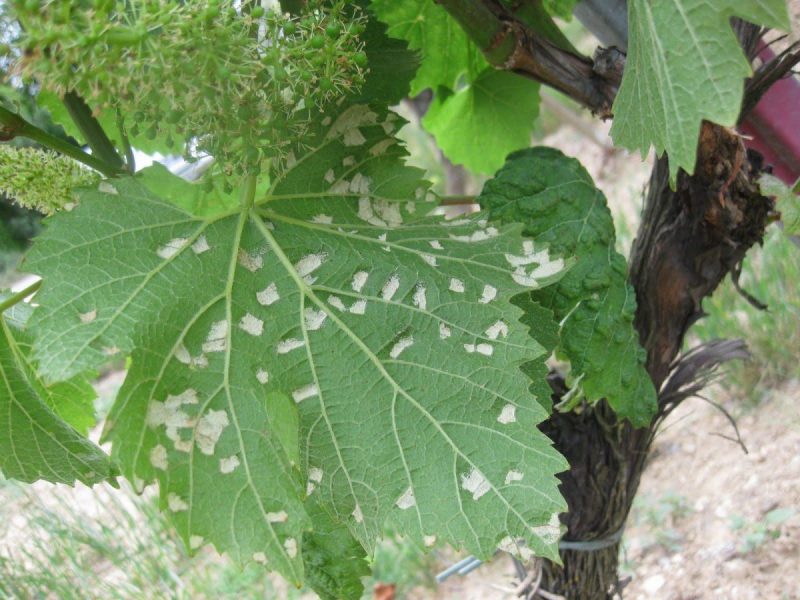

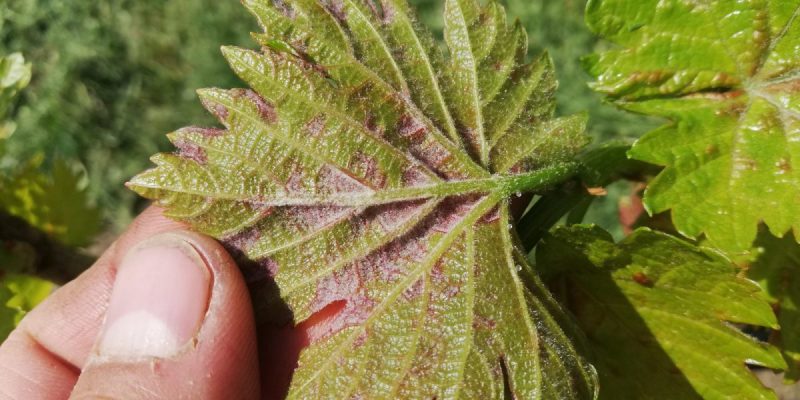
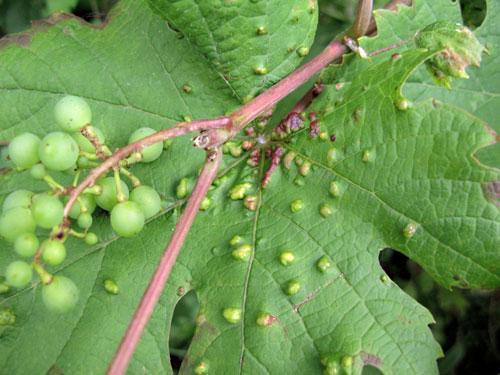
The grape erineum mite overwinters in the adult stage, under the scales of the buds, at the base of the tendrils, in the cracks of the bark, and the layer of fallen leaves.
Life cycle. The grape erineum mite produces 5-7 generations per year. The mites appear at the beginning of May when the first leaves begin to form. They can be first found on the buds, where they begin to feed, then they move on the underside of the leaves, feeding on the intracellular fluid. Females begin to lay eggs when the grapevine is in the foliation phase. The larvae appear when the shoots have 4-5 leaves. The strongest attack is manifested on the first leaves, at the base of the shoots.
As a result of the attack, a patch of abnormal epidermal hairs appears where they feed. They come from the hypertrophy of the cuticular hairs, which lengthen and become brown. The mites feed and multiply throughout the growing season of the plants. When the tissues in the damaged areas necrotize, the mites migrate to other leaves or other unattacked areas of the leaf. In June, massive colonies appear on the leaves of noble grapevine stumps.
Crop damage. The grape erineum mite attacks the leaves of the vine. Following the stings, irregular spots of different sizes appear on the underside of the leaves. They have a pale appearance, generally delimited by the veins of the leaf. Near these spots, on the underside of the leaf, characteristic swellings appear. In the case of massive attacks, the mite invades not only the leaves but also the tendrils and stalks of the clusters, leading to a stagnation of the plant and the untimely dropping of the flowers. In general, some damage to the grapevine is recorded only when the entire surface of the leaf is covered with swellings.
Pest management. During the dormancy period, treatments with a horticultural oil are recommended. During the growing season, treatments with specific products are recommended.
Recommended products
-
You can find products on a different store
Change Store -
You can find products on a different store
Change Store -
You can find products on a different store
Change Store -
You can find products on a different store
Change Store -
You can find products on a different store
Change Store -
You can find products on a different store
Change Store -
You can find products on a different store
Change Store -
You can find products on a different store
Change Store -
You can find products on a different store
Change Store -
You can find products on a different store
Change Store -
You can find products on a different store
Change Store -
You can find products on a different store
Change Store -
You can find products on a different store
Change Store -
You can find products on a different store
Change Store -
You can find products on a different store
Change Store -
You can find products on a different store
Change Store -
You can find products on a different store
Change Store -
You can find products on a different store
Change Store -
You can find products on a different store
Change Store -
You can find products on a different store
Change Store -
You can find products on a different store
Change Store -
You can find products on a different store
Change Store -
You can find products on a different store
Change Store -
You can find products on a different store
Change Store
Recommended products
-
You can find products on a different store
Change Store -
You can find products on a different store
Change Store -
You can find products on a different store
Change Store -
You can find products on a different store
Change Store -
You can find products on a different store
Change Store -
You can find products on a different store
Change Store -
You can find products on a different store
Change Store -
You can find products on a different store
Change Store -
You can find products on a different store
Change Store -
You can find products on a different store
Change Store -
You can find products on a different store
Change Store -
You can find products on a different store
Change Store -
You can find products on a different store
Change Store -
You can find products on a different store
Change Store -
You can find products on a different store
Change Store -
You can find products on a different store
Change Store -
You can find products on a different store
Change Store -
You can find products on a different store
Change Store -
You can find products on a different store
Change Store -
You can find products on a different store
Change Store -
You can find products on a different store
Change Store -
You can find products on a different store
Change Store -
You can find products on a different store
Change Store -
You can find products on a different store
Change Store














































































































































































































































































































































































































































